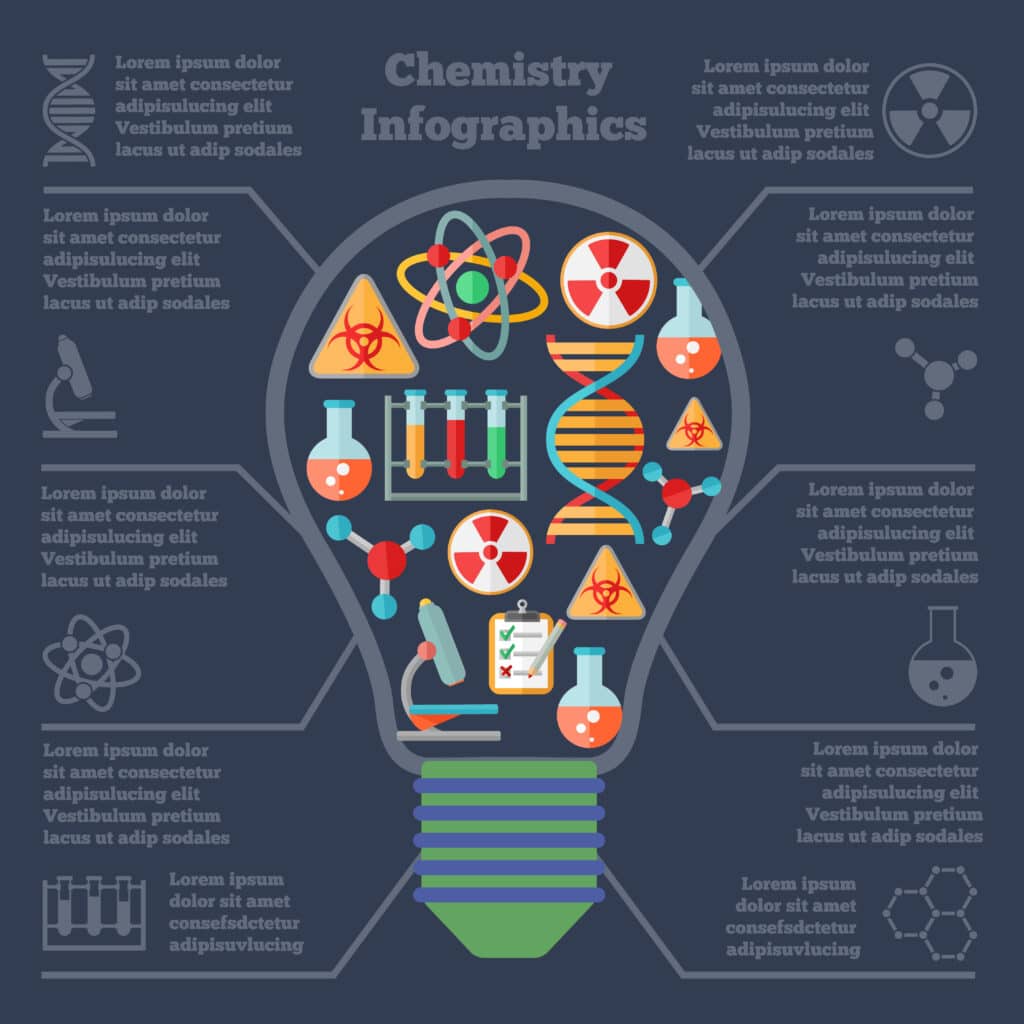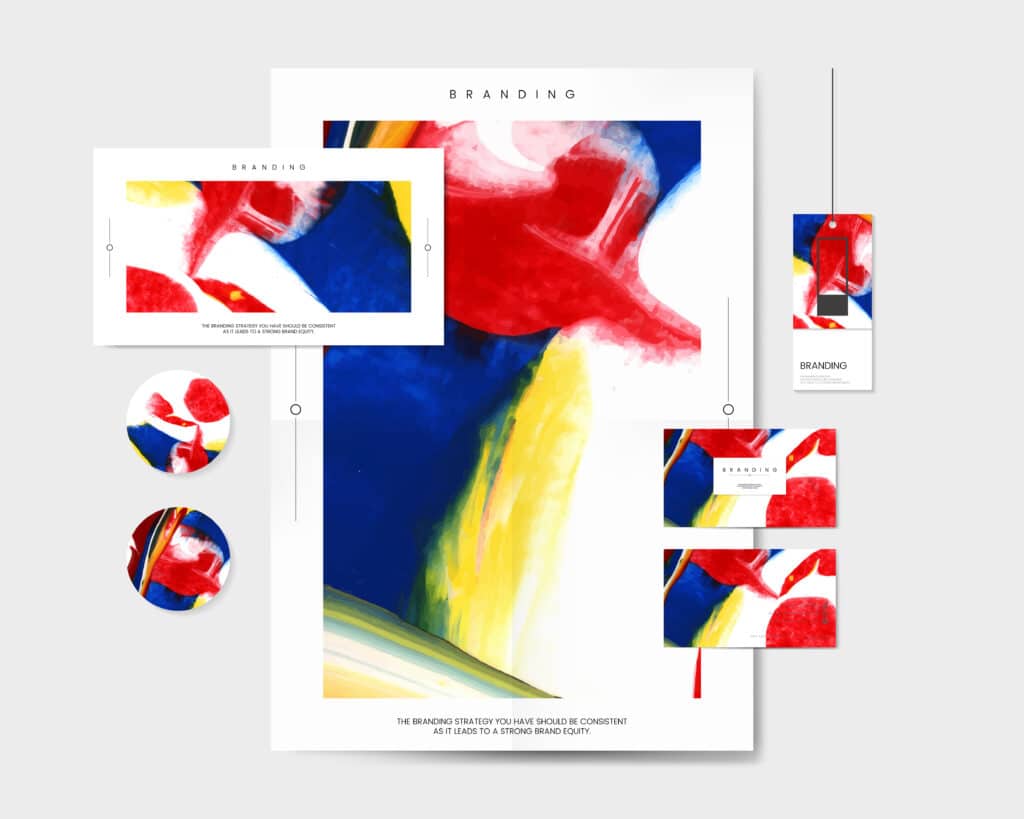Introduction
In the digital world, the ability to attract and hold an audience’s attention is of paramount importance. Storytelling websites, incorporating engaging narratives and visuals, offer a unique way to connect with audiences, presenting the company’s story and values in an impactful and memorable manner. Using high-quality visuals and graphics to tell a story can significantly enhance website engagement and drive meaningful interactions. This post will explore the power of visual storytelling and provide practical advice on effectively using visuals to engage your audience.
Importance of visual storytelling in website engagement
The significance of visual storytelling in the digital landscape cannot be overstated. In an age where information overload is commonplace, captivating visuals can help cut through the noise, evoke emotions, and leave a lasting impact on the viewer.
By using carefully crafted images, businesses can effectively present their story, showcase their products or services, and foster a memorable user experience. This method of storytelling allows businesses to reach their audience in a way that words alone cannot achieve.
The Power of Graphics and Images in Conveying Messages
Graphics and images can serve as powerful tools in conveying complex ideas in a visually appealing and easily understandable way.

They can communicate narratives that align with the brand’s values and personality, thus strengthening brand identity and improving brand recall. This unique method of using visuals and images not only simplifies the presentation of intricate concepts but also offers a great way to resonate with viewers, thereby enhancing their web journey.
Understanding the Impact of Visual Storytelling
Evoking emotions and connecting with the audience
Visual storytelling has a remarkable ability to evoke emotions and forge a deep connection with the audience. By using compelling graphics and images, businesses can tap into the power of visual cues to elicit emotions such as joy, curiosity, empathy, or even nostalgia. These emotions help create a memorable experience for the audience, fostering a stronger connection and engagement with the website.
Communicating complex ideas effectively
Visuals offer a concise and powerful way to communicate complex ideas. Businesses can simplify intricate concepts, processes, or data through visual representations, making them more accessible and understandable for the audience. By doing so, they can efficiently communicate messages that resonate with the viewers, whether it’s through infographics, diagrams, or visual metaphors.
Enhancing brand identity and recognition
Visual storytelling shapes and enhances a brand’s identity and recognition.

Consistent visual elements, such as colours, typography, and imagery, can leave a lasting impression on the audience, strengthening brand identity and improving brand recall.
Effective Use of Graphics and Images
Choosing Relevant and High-Quality Visuals
Selecting relevant and high-quality visuals is crucial when using graphics and images for website engagement.
Understanding the target audience and their preferences helps businesses choose visuals that resonate with them.
Using visuals to tell a story
Visual storytelling involves using graphics and images to narrate a compelling story.
Visuals can evoke emotions, create suspense, or provide context, enabling visitors to engage with the story and develop a deeper connection with the brand or message.
Optimising visuals for website performance
This includes appropriately compressing images to reduce file sizes without compromising quality, using modern image formats, and implementing lazy loading techniques.
By optimising visuals, businesses can ensure fast-loading web pages, minimising the risk of visitor abandonment and enhancing the overall user experience.
Creating Engaging Visual Experiences
Incorporating interactive elements
It’s essential to go beyond static visuals and incorporate interactive elements to enhance website engagement.
Features such as interactive infographics, sliders, or interactive videos can create memorable and immersive experiences that capture and hold visitors’ attention.
Implementing visual hierarchy
A precise visual scale helps users navigate the website effortlessly and ensures key messages are effectively communicated.
Businesses can prioritise important content and create a visually pleasing experience by strategically arranging visual elements.
Consistency in visual style
Maintaining consistency in visual style is essential to enhance website engagement and brand recognition. This helps build trust, reinforces brand identity, and creates a visually unified experience.
Measuring and Optimising Visual Impact
Analysing user engagement
Measuring user engagement with visuals is crucial for understanding their impact on website performance. Businesses can assess the effectiveness of different visuals and make data-driven decisions by analysing metrics such as time spent on a page, click-through rates, and conversion rates. This data provides insights into what resonates with users and helps optimise visual elements for better engagement and conversions.
A/B testing
A/B testing is a valuable technique for evaluating the impact of different visuals on website engagement. By presenting different versions of visuals to a sample of users and comparing their performance, businesses can identify which visuals drive higher engagement and conversion rates. A/B testing helps optimise visual choices and provides valuable insights for enhancing the overall visual storytelling strategy.
Gathering user feedback
Direct user feedback is invaluable for understanding how visuals impact website engagement. Conducting surveys, interviews, or user testing sessions allows businesses to gather qualitative feedback on the effectiveness of visuals.

User feedback provides valuable insights into the emotional response, comprehension, and overall user experience related to the visuals. This information can guide improvements and optimisations to create more engaging visual experiences.
Conclusion: The Power of Visual Storytelling in Enhancing Website Engagement
Visual storytelling plays a vital role in capturing the attention and engaging the audience on websites. By leveraging the power of graphics and images, businesses can create memorable experiences that resonate with users and leave a lasting impact. Visuals can evoke emotions, communicate complex ideas, and strengthen brand identity, making them a powerful tool for enhancing website engagement. Businesses are encouraged to harness the potential of visual storytelling by selecting relevant and high-quality visuals, using them to tell a compelling story, and optimising their performance. By continuously measuring and maximising the impact of visuals, businesses can create engaging visual experiences that captivate their audience and drive meaningful interactions.








